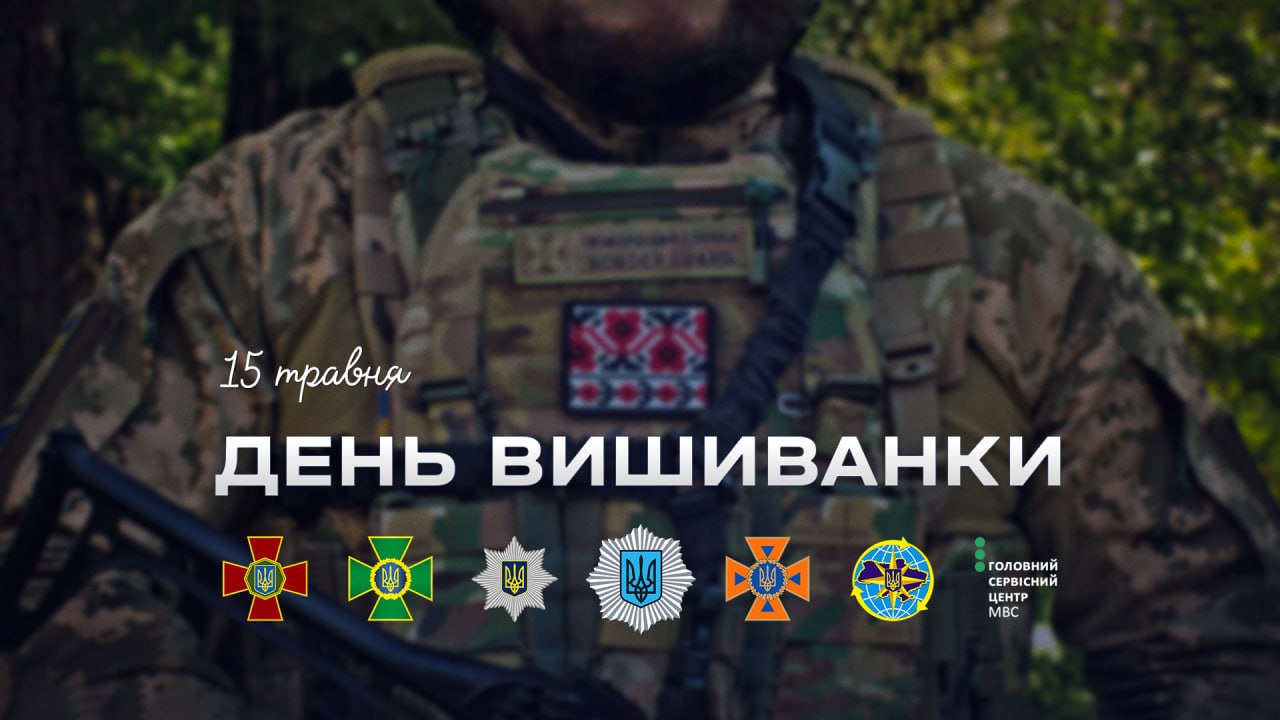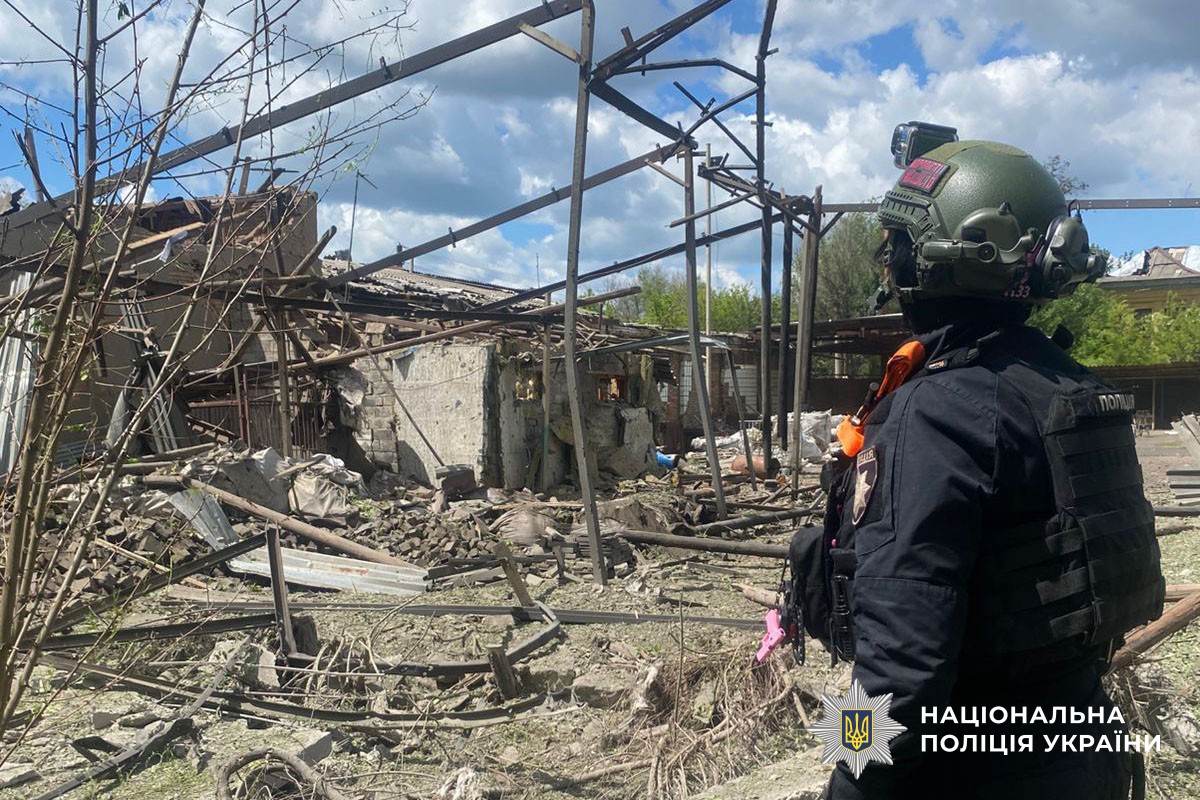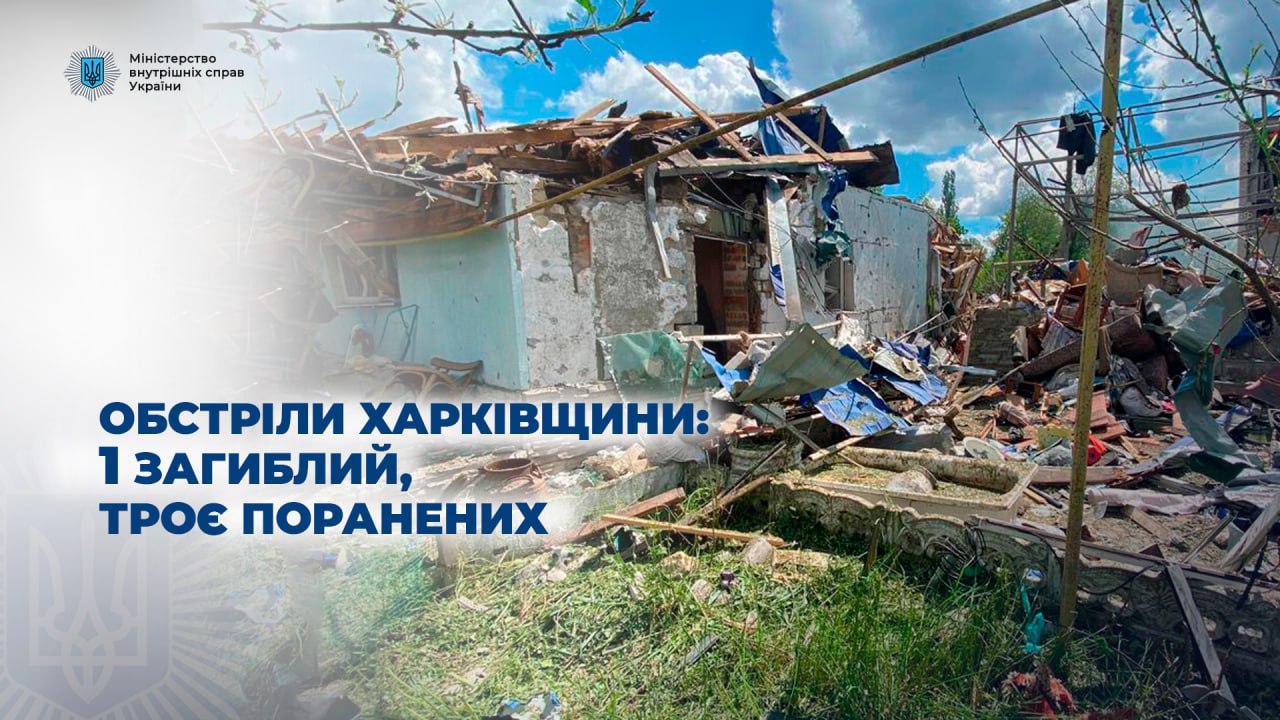Behind the scenes of the Ministry of Internal Affairs. Profession criminalist: how to reveal the secrets of resonant crimes

Maryna Voytenko is the chief forensic specialist of the 2nd division (forensic analysis) of the Department of Forensic Support of the Main Investigative Department of the National Police of Ukraine. She is a police major. As part of the investigative and operational team, Marina and her colleagues are involved in the most high-profile crimes. Her main duties as a forensic scientist are to examine, detect and fix the traces that remain at the scene.

“Now a forensic scientist is a specialist who knows everything: from conducting an express investigation at the scene to controlling drones and creating 3D models of the terrain,” Marina notes.
To ensure a high-quality inspection of the scene, specialists go to places with a mobile forensic laboratory. It is equipped with everything you need: from forensics suitcases to metal detectors, illuminators and even perforators. To search for missing people, forensic scientists use thermal imagers, which are also in a mobile laboratory.
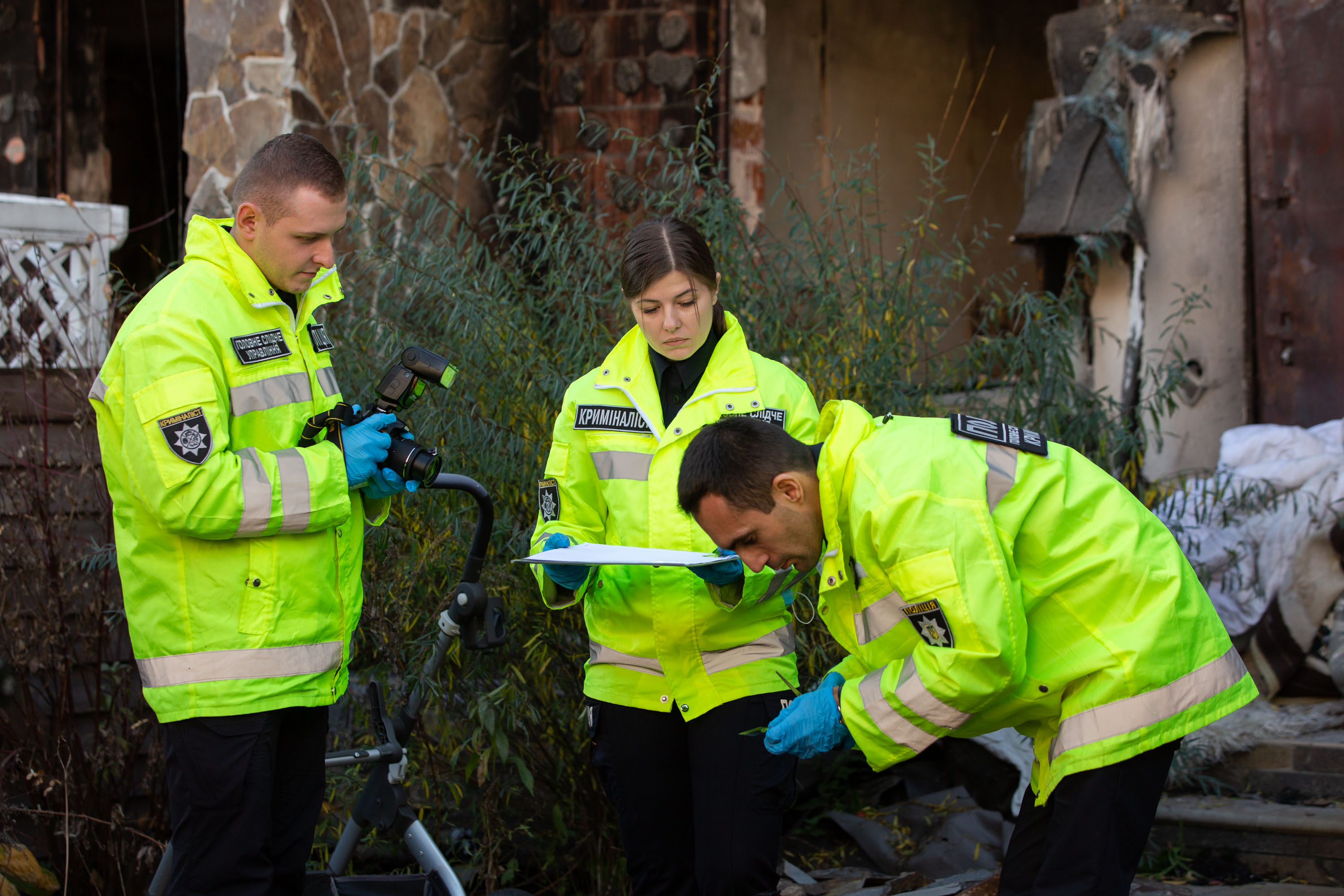
“If this is penetration into the house, we start from the place of penetration of the criminal. We look for traces of fingerprints, shoes, hacking tools on locks or windows. Then we recreate the situation: how the criminal behaved when entering the dwelling. If there were people there, we question them as witnesses, as victims. If there are video cameras, we look at the recordings, delete them. Things and objects touched by the criminal are processed and removed. We also wash off traces of biological origin to establish the DNA profile of the criminal. All our actions are necessarily accompanied by a photo and video fixation,” explains the forensic scientist.
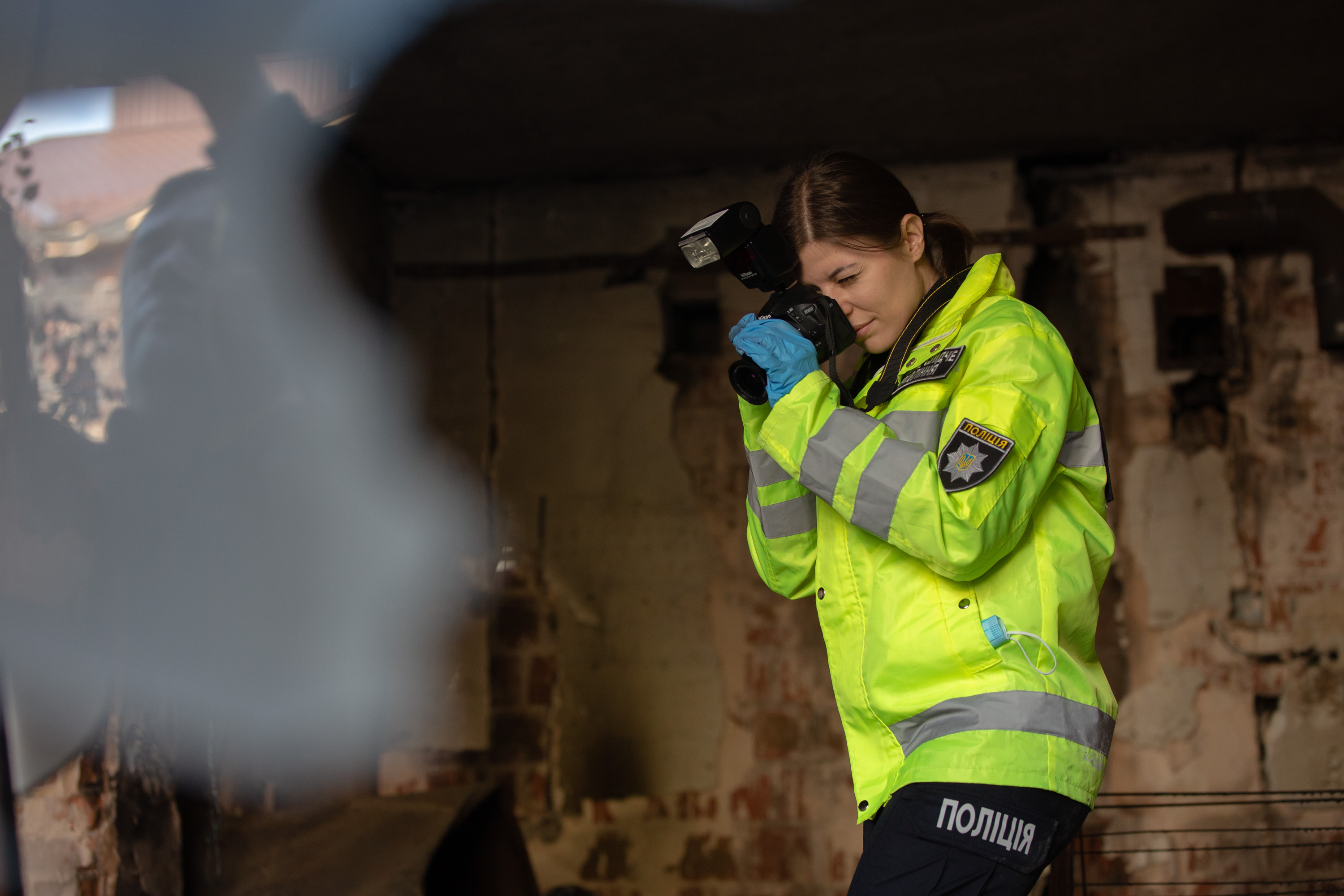
In the context of a full-scale war, reviews of a month of rocket attacks were added. Forensics record the direction of missiles, debris, coordinates, diameter and depth of the rip, raise drones. According to the results of the work, 3D models of destroyed buildings are additionally created. They are designed using special software and subsequently transferred to the investigator.
“If, for example, this building is demolished, we will be able to take measurements already according to this model and reproduce the events,” Marina notes.
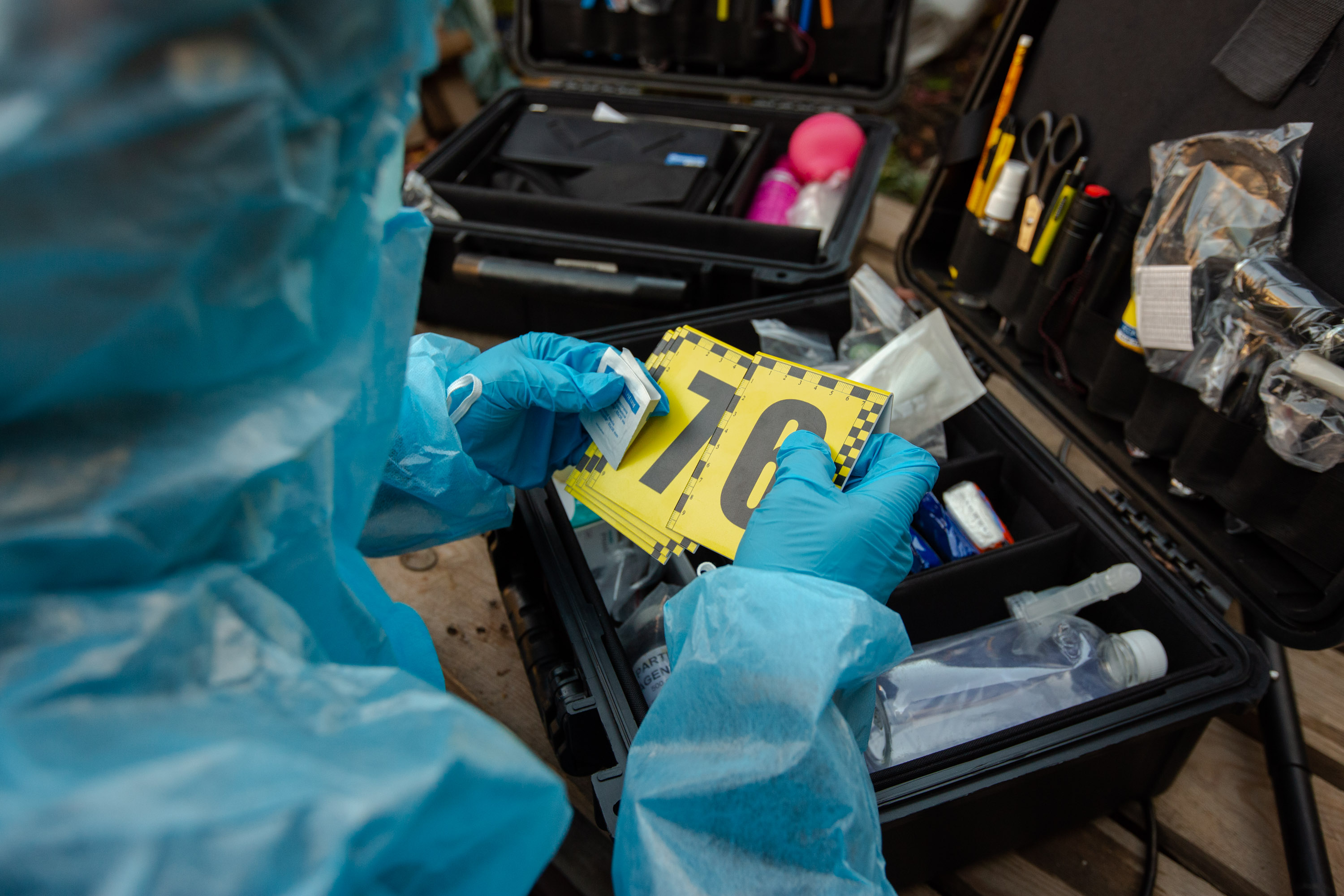
Also, during rocket attacks, forensics leave with a mobile DNA laboratory. In the event that there are victims and relatives at the site of an enemy strike looking for their relatives, forensics take biological samples from them and establish a DNA profile. Within 90-106 minutes, up to 5 human DNA profiles can be identified.

Criminals also work in the de-occupied territories. Last year, Marina and her colleagues were involved in work in the de-occupied cities of Irpin, Bucha, settlements of Kherson regions, directly in Kherson.
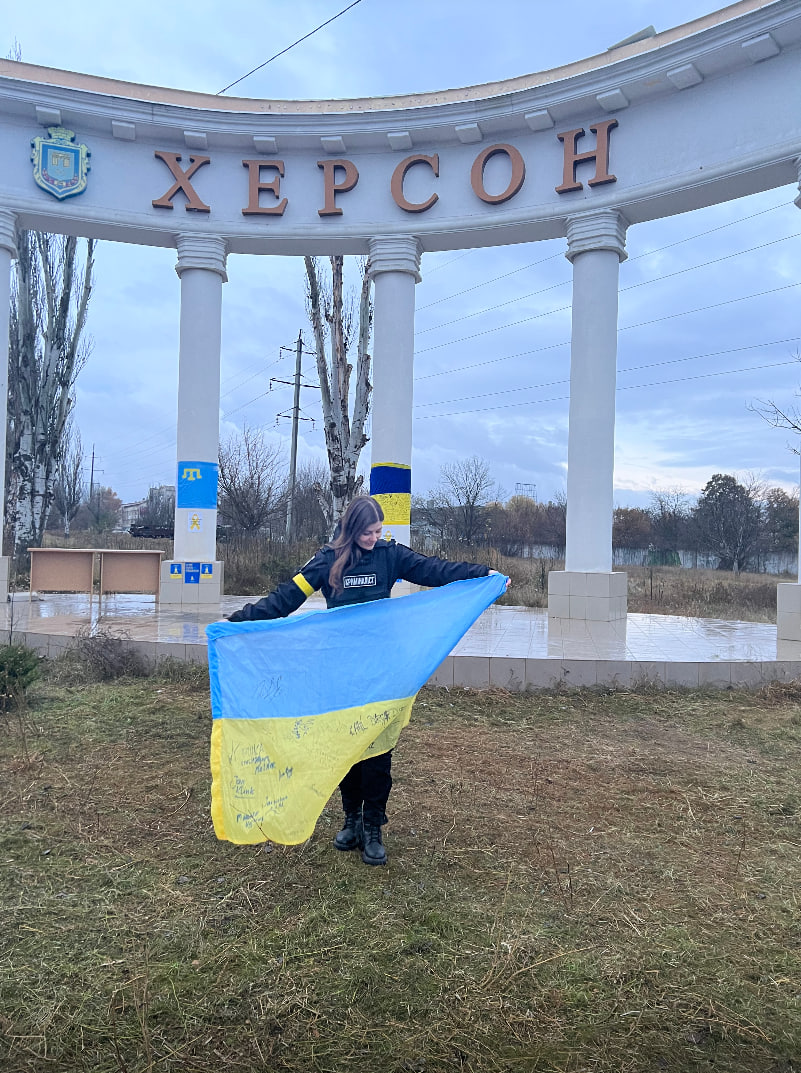
“We conducted inspections in torture chambers, detention centers, collected evidence of occupiers staying in Ukrainian territories. We also cooperated with the population, provided humanitarian assistance, helped with medicines, food,” the criminalist shares.
Remembering the first days of the de-occupation of Kherson, Marina says that the locals were extremely grateful for the liberation from the occupation: “They came in hugged, said words of gratitude, that 'Finally you are with us! Ukraine above all else!”
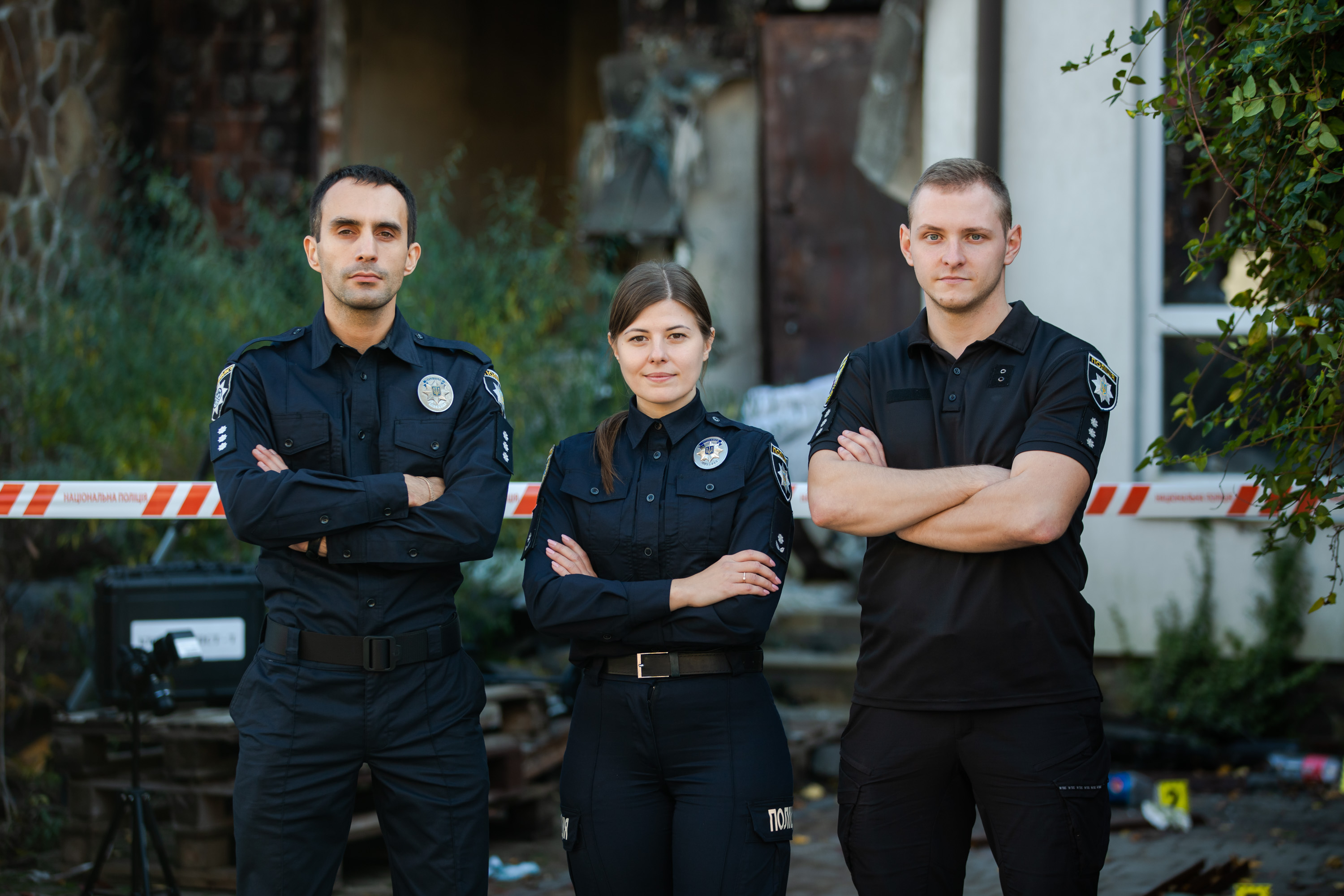
The most difficult thing in the work for Marina is to communicate with the relatives of the victims, as well as to work in places where the victims are children. At the same time, it is the results of the work and the gratitude of the people who managed to help, that give strength and energy to move on.
“When you see that you are needed by people, you see the results of your work, that the criminal is punished - this is the most valuable thing,” concludes the forensic scientist.
For more details - see the material.
Department of Communications of the Ministry of Internal Affairs of Ukraine




